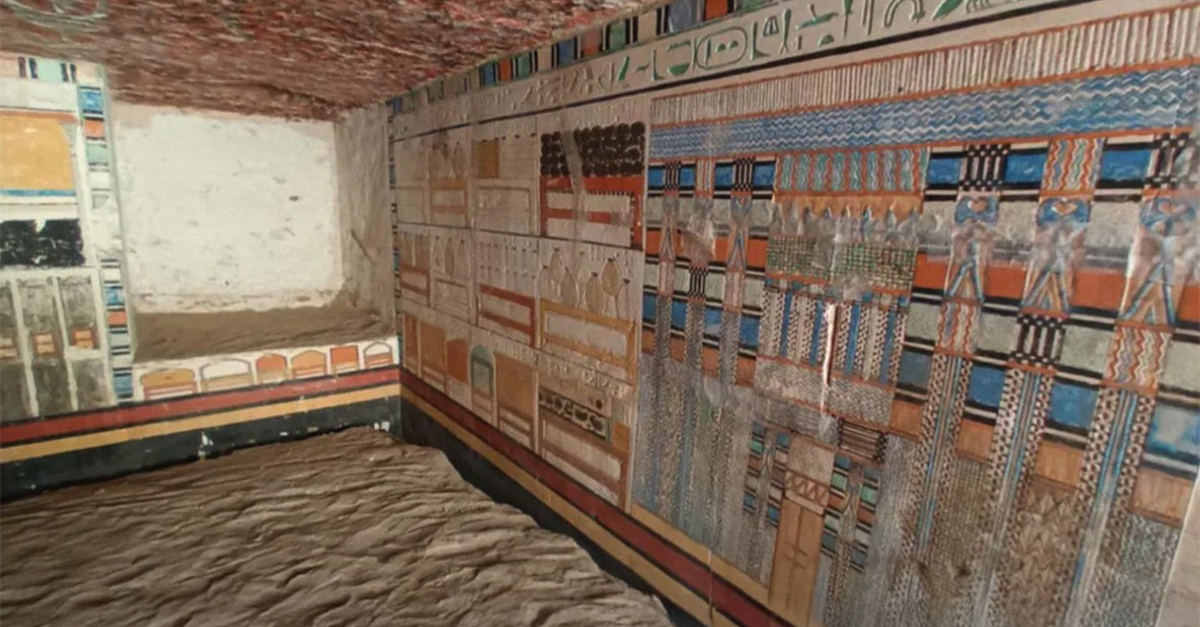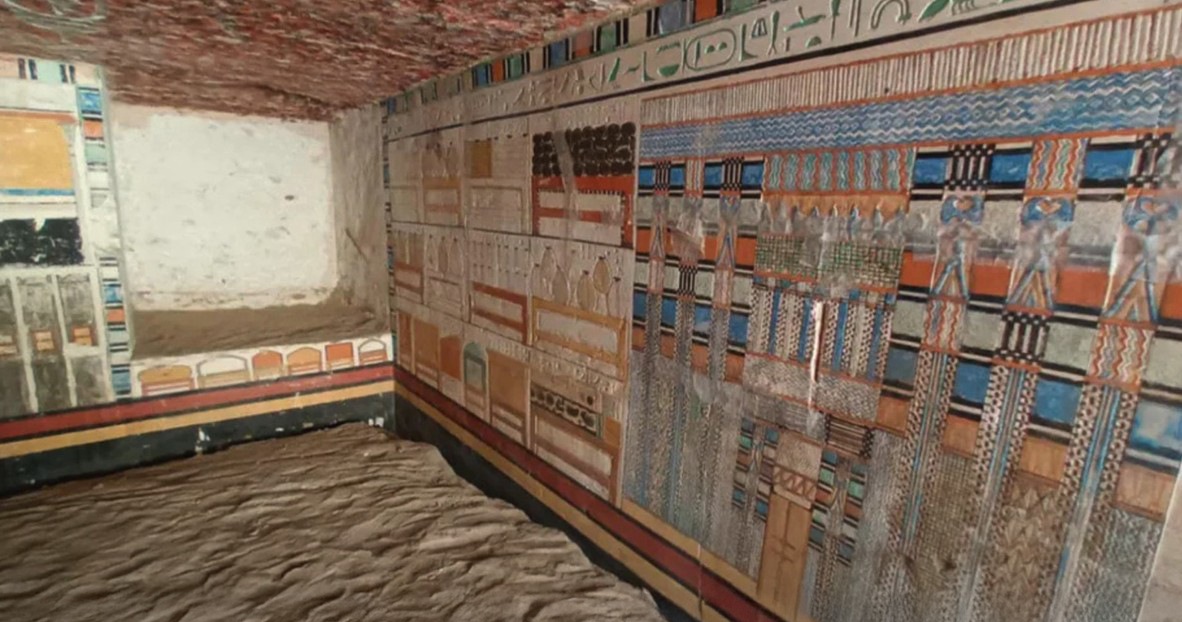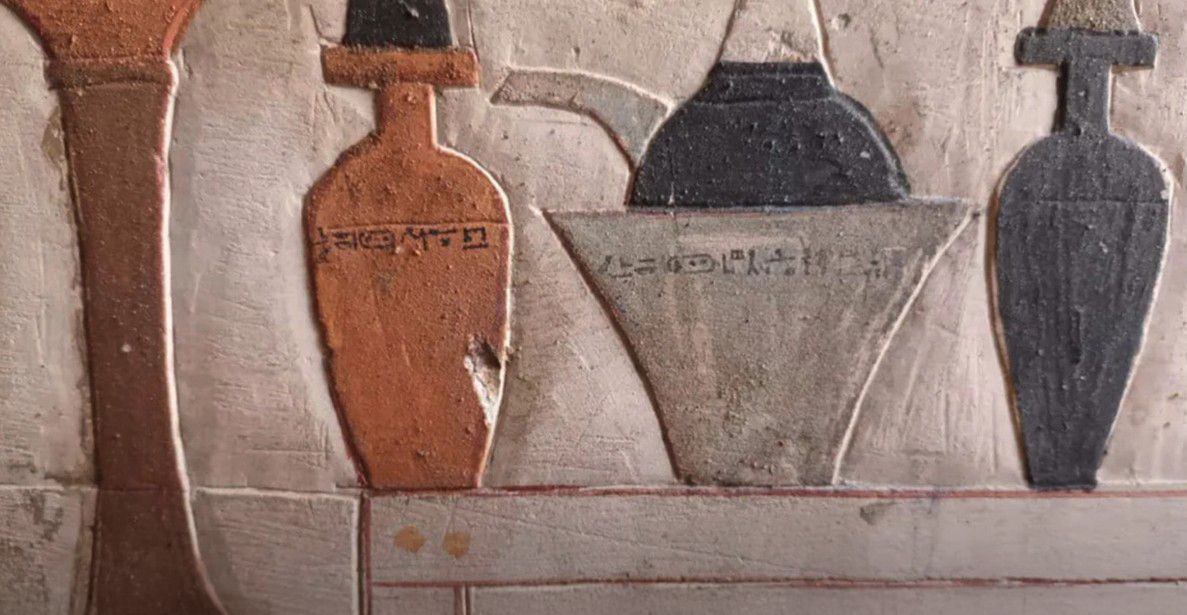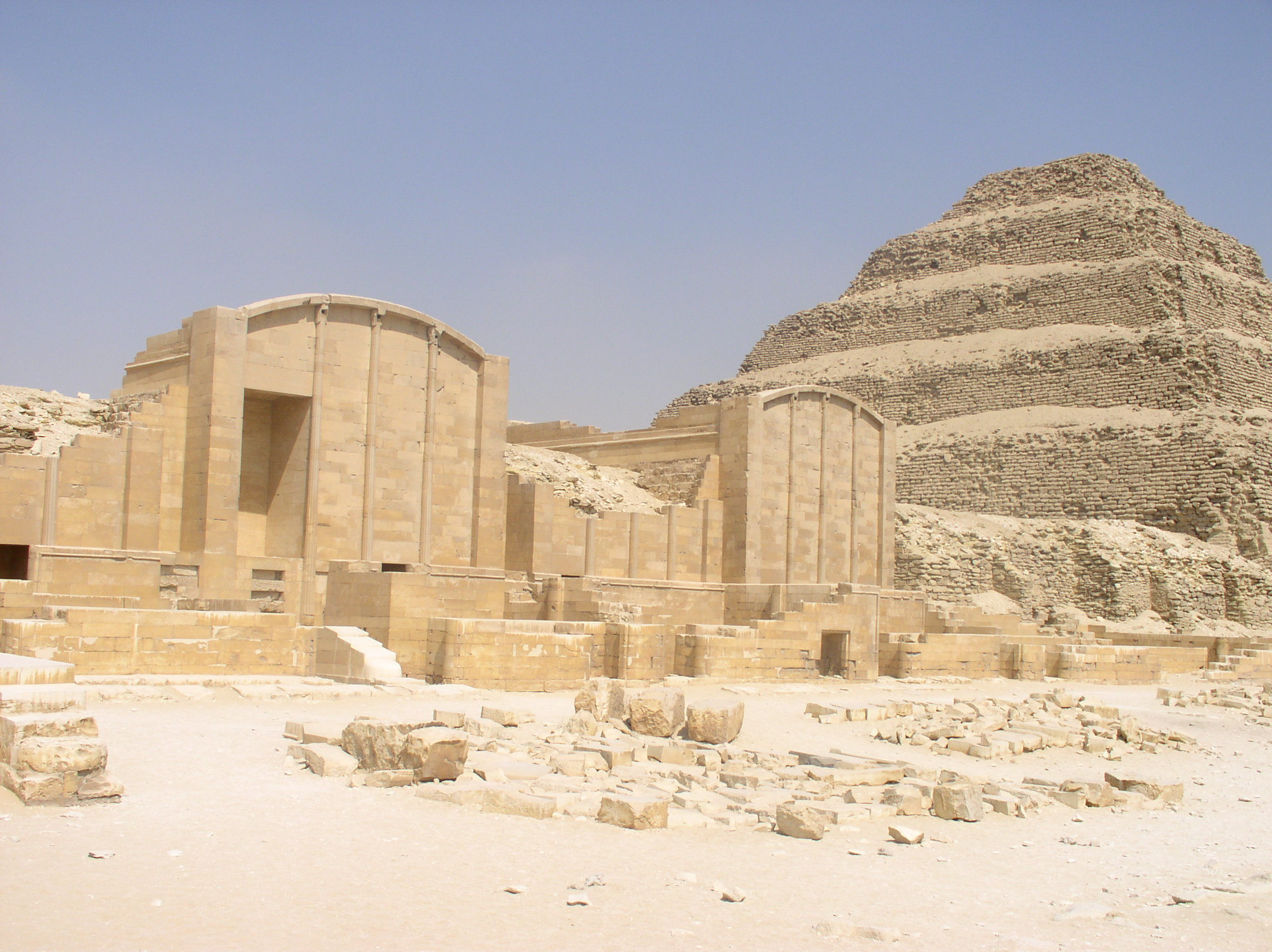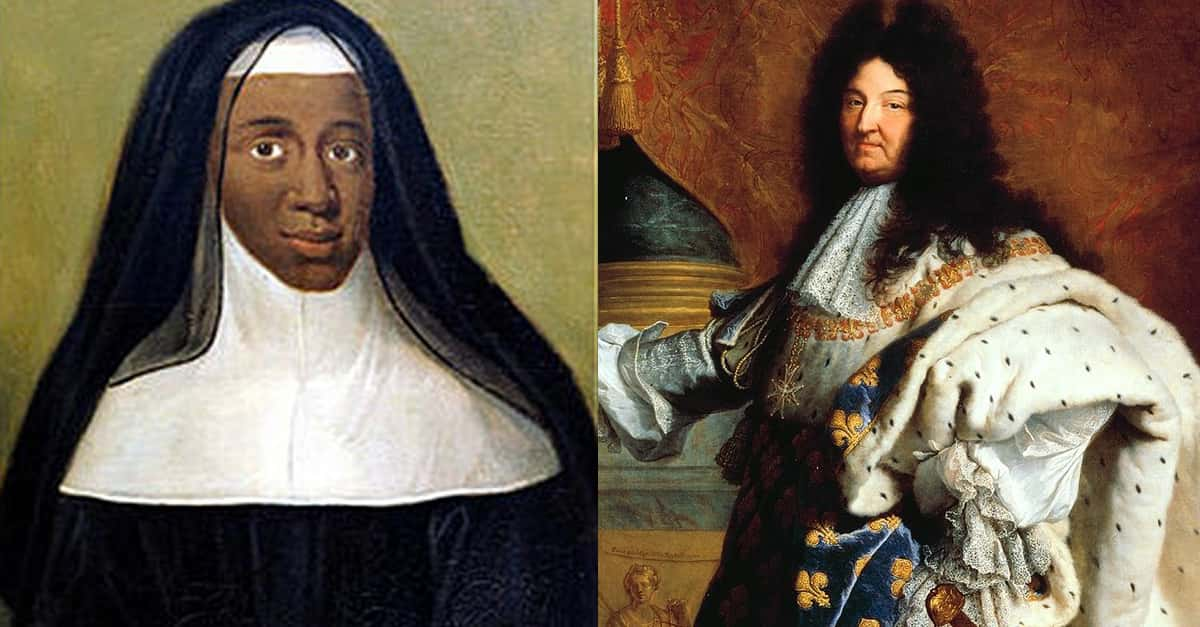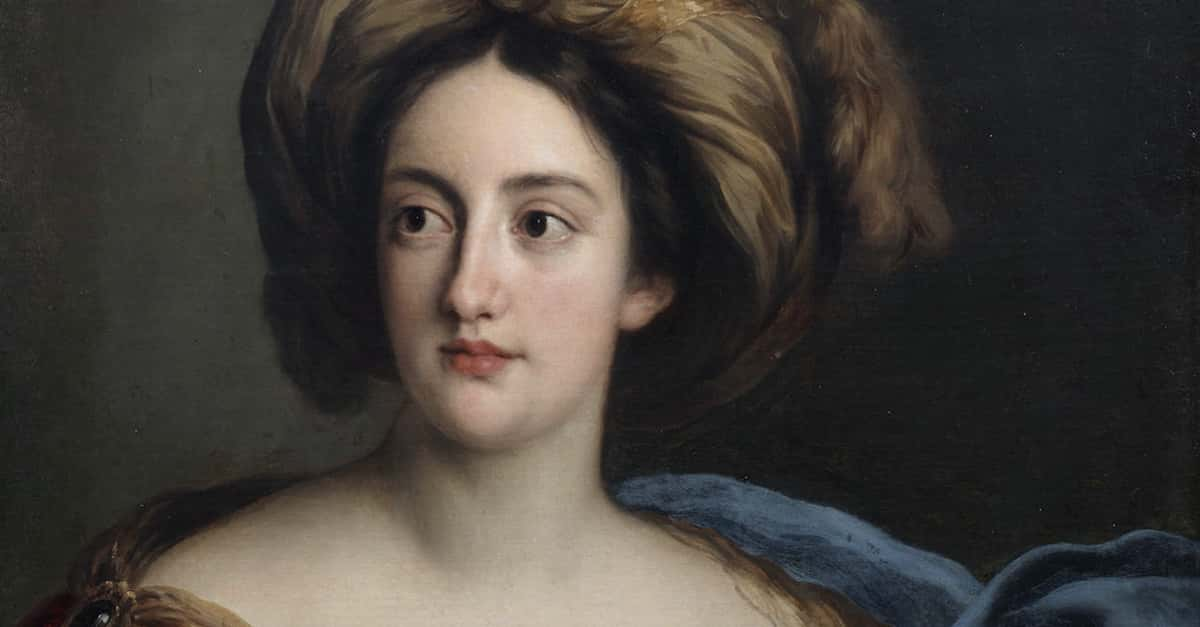In early 2025, a joint Franco–Swiss team of archaeologists uncovered an incredible tomb, or mastaba, at Saqqara. It was the final resting place of Teti Neb Fu, a royal physician active during Egypt’s Sixth Dynasty under King Pepi II. Going back over 4,000 years to the Old Kingdom, this find gives valuable insight into medical, religious, and funeral practices of the time.
The Importance Of Saqqara
Saqqara is about 30 kilometers south of Cairo, and served as an enormous necropolis for Egypt’s ancient capital, Memphis. The site is perhaps best known for the Step Pyramid of Djoser, the world’s oldest stone pyramid, which was constructed around 2650 BCE. Saqqara grew into a vast sacred burial ground for nobles, priests, and royalty over the centuries; it’s one of the most important archaeological zones in Egypt.
Titles Reflect Social Status
Inscriptions inside the tomb show that Teti Neb Fu held some titles marking his importance in the community: Chief Palace Physician, Chief Dentist, Director of Medicinal Plants, and notably “Magician of the Goddess Serket,” the deity of healing poisonous snake bites. This means the good doctor was an important man whose medical and ritual opinion was sought out at the royal court.
Beautiful Design
The mastaba’s interior is a colorful showcase of intricate carvings and vibrant wall paintings; these included a painted false door, offering scenes, and inscriptions. The red-painted ceiling was colored to resemble granite, putting an exclamation point on the display of Old Kingdom craftsmanship.
Escape From The Grasping Hands Of Looters
Despite some evidence of ancient looting, a lot of the decorative elements in the tomb are still intact, giving us a rare snapshot of burial traditions and class hierarchy in Saqqara, an elite Egyptian necropolis.
A Diverse Archaeological Effort
The excavation at Saqqara is still unveiling new and fascinating aspects of Old Kingdom life. Led by the French–Swiss mission, directed by Egypt's Ministry of Tourism and Antiquities, the discovery is yet another prime example of the benefit of interdisciplinary collaboration in unburying Egypt's seemingly limitless expanses of history.
The Doctor’s Tomb In The Big Picture
This mastaba discovery adds to our knowledge of ancient Egyptian medicine, as it clearly shows that medical practitioners enjoyed a much higher social and religious status. The dual nature of Teti Neb Fu’s roles as a healer and a religious intermediary alludes to the reflects the strong connection of ritual and science in the worldview of the Ancient Egyptians.
Research And Preservation: A Proud Addition To The Record
Researchers are now looking at conservation measures and more detailed study of the inscriptions and architectural features. These endeavors should help us gain a deeper understanding of the role of elite professionals and the development of funerary practices in the Old Kingdom.
Saqqara Still Full Of Secrets
This discovery is added to a growing list of great finds at Saqqara in the past few years, including caches of animal mummies, ornate priestly tombs, and vast burial shafts found near the Step Pyramid. These discoveries on the whole confirm Saqqara as one of the richest archaeological sites in the world, constantly revealing more secrets of ancient Egyptian society, religion, and science.
You May Also Like:
Uncovering The Lost World Of Ancient Sumer

